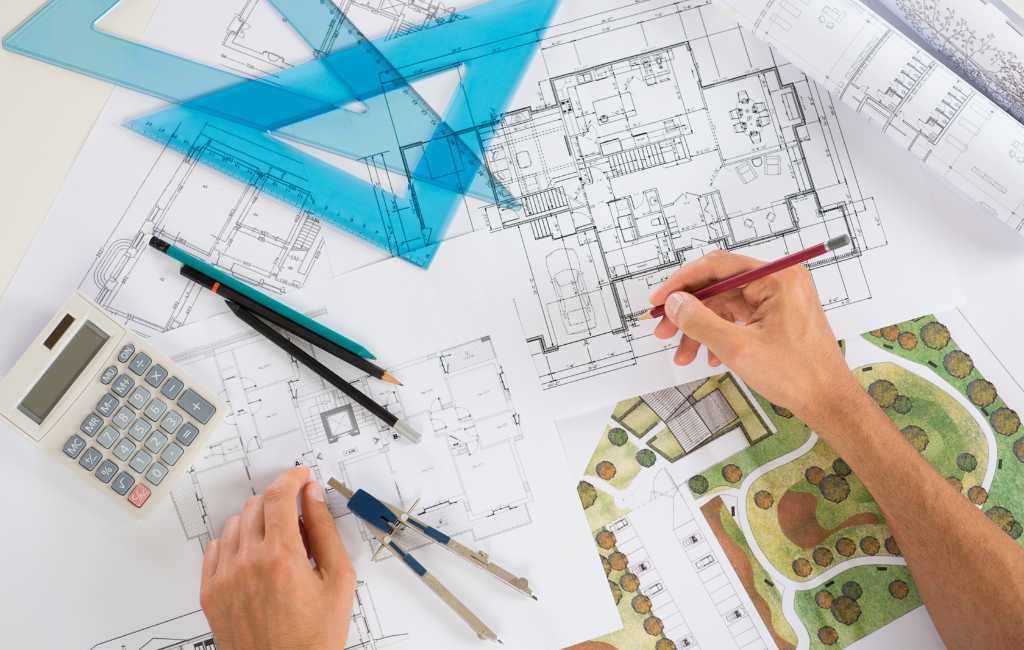Architect: Crafting Functional and Aesthetic Spaces
Architecture stands at the intersection of art and science, blending creativity with technical precision. Architects are tasked with designing spaces that are not only visually appealing but also functional and sustainable. This article explores the multifaceted role of architects, the principles guiding their work, and the impact of their designs on society.
The Role of an Architect
Architects are responsible for the conceptualization, design, and oversight of building projects. Their work encompasses a wide range of activities, from initial sketches to the final construction. They must balance aesthetic considerations with practical requirements, ensuring that buildings are both beautiful and usable.
Key Responsibilities
- Creating detailed architectural plans and blueprints
- Collaborating with clients to understand their needs and preferences
- Coordinating with engineers, contractors, and other professionals
- Ensuring compliance with building codes and regulations
- Overseeing the construction process to ensure design integrity
Principles of Architectural Design
Architectural design is guided by several core principles that help create spaces that are both functional and aesthetically pleasing. These principles include balance, proportion, harmony, and rhythm.
Balance
Balance refers to the distribution of visual weight within a structure. Architects achieve balance by arranging elements symmetrically or asymmetrically to create a sense of stability and equilibrium.
Proportion
Proportion involves the relationship between different elements of a design. Proper proportion ensures that all parts of a building relate harmoniously to each other and to the whole.
Harmony
Harmony is achieved when all elements of a design work together to create a cohesive and unified whole. This principle helps ensure that a building’s design is pleasing to the eye and functions well.
Rhythm
Rhythm in architecture refers to the repetition of elements such as windows, columns, or patterns. This repetition creates a sense of movement and can guide the viewer’s eye through the space.
Impact of Architectural Design on Society
Architectural design has a profound impact on society, influencing everything from individual well-being to community development. Well-designed spaces can enhance quality of life, promote social interaction, and contribute to environmental sustainability.
Case Study: The High Line, New York City
The High Line in New York City is an excellent example of how thoughtful architectural design can transform urban spaces. Originally an elevated railway, the High Line was repurposed into a public park that stretches over 1.45 miles. This project has revitalized the surrounding neighborhoods, attracting tourists and locals alike.
- Increased property values in adjacent areas
- Boosted local businesses and tourism
- Provided a green space for recreation and relaxation
Case Study: The Salk Institute, La Jolla, California
The Salk Institute, designed by Louis Kahn, is renowned for its minimalist design and integration with the natural environment. The institute’s layout promotes collaboration and innovation among researchers, demonstrating how architectural design can influence productivity and creativity.
- Open courtyards that encourage interaction
- Use of natural light to create a serene atmosphere
- Integration with the surrounding landscape
Sustainable Architecture
Sustainability is a key consideration in modern architectural design. Architects are increasingly focused on creating buildings that minimize environmental impact and promote energy efficiency.
Green Building Practices
- Use of renewable energy sources such as solar and wind power
- Incorporation of green roofs and walls to improve insulation
- Utilization of sustainable materials like bamboo and recycled steel
- Implementation of water-saving technologies
Case Study: The Bullitt Center, Seattle
The Bullitt Center in Seattle is often cited as one of the greenest commercial buildings in the world. It features solar panels, rainwater harvesting systems, and composting toilets, among other sustainable technologies. The building serves as a model for future sustainable architecture.
- Net-zero energy consumption
- Reduction of water usage by 80%
- Use of non-toxic, locally sourced materials
Conclusion
Architects play a pivotal role in shaping the built environment, creating spaces that are both functional and aesthetically pleasing. By adhering to core design principles and embracing sustainable practices, architects can design buildings that enhance quality of life and contribute to a more sustainable future. Through innovative projects like the High Line and the Bullitt Center, the transformative power of architecture becomes evident, demonstrating its potential to positively impact society.
